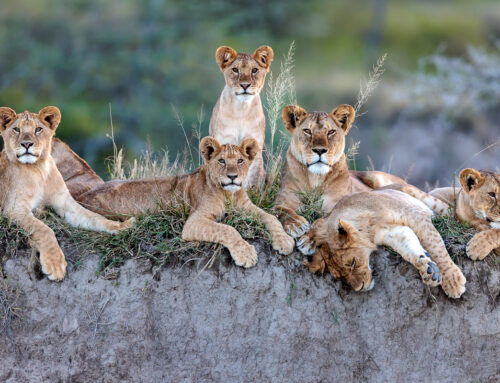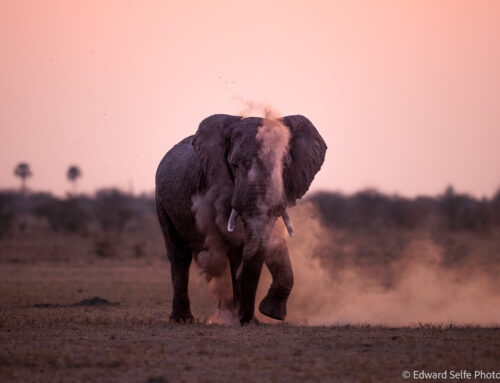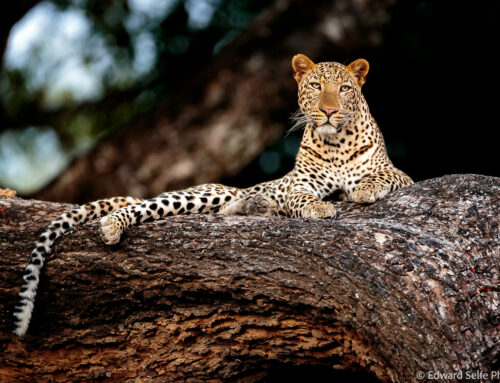Most modern cameras have auto-focus systems that perform extraordinarily well. As a photographer, we need to instruct the camera which point in the frame should be in focus (by moving the focus point selector in the viewfinder) but then the camera will do the rest. This is a simplification, of course, because there are times when cameras do fail to achieve correct focus, but they generally perform very well.
Where cameras are really breaking new ground is their ability to lock onto and track a subject even when it is moving quickly. Subjects can be moving either across in front of the photographer – roughly maintaining their distance from the camera – or moving towards or away from the viewer. The latter are much more difficult, as the camera has not only to track the movement of the subject but also relay this to the lens and ensure that the plane of focus ‘keeps up’ with the movement.
Before we go any further, it’s worth mentioning that if you are finding moving subject tricky, you are not alone in your efforts. All photographers have enjoyed amazing sightings which have not translated into excellent images, either through poor camera technique, poor settings or bad luck. Learning how your camera performs, through reading about its settings and practicing with it, is the best remedy.
So how do we ensure that our images of moving subjects are nice and sharp? In this blog, we’ll have a look at some theory, some technical advice and then go through a few examples.
Some Theory:
To give yourself the best chance of capturing the images that you want – showing movement, action and the abundance of ‘life’ in the bush – you’ll need to set your camera up with the following parameters:
- A fast shutter speed – if your subject is on the move, you’ll need a high shutter speed to freeze that movement and avoid motion blur. For running animals, think 1/1600sec, for birds in flight, think 1/2500sec.
- Continuous/servo focus – choosing this focus mode tells your camera that you want it to continually look for better focus. In this way, as your subject strays out of the plane of focus, the camera will adjust the lens’s focusing distance to keep the subject sharply in focus.
- Focus points – usually a single, or small group of focus points will give you the best results with moving subjects. Large groups of focus points leaves too much autonomy to the camera and it may focus on the background at the worst moment!
- Continuous drive – being able to take a series of shots increases your chances of capturing that very brief moment when the subject’s pose, expression and surroundings align perfectly!
Some Technical Advice:
- Camera’s auto-focus systems offer selectable focus points right across the frame. However, those in the centre of the frame are much more accurate because they are free of lens distortions which occur toward the edge of the image circle. When tracking moving subjects, use the focus points nearer the centre of the frame.
- Focus systems often track subjects better if you lock on to the subject and follow it for a short time before taking your first image. When you see a subject moving towards you, line up your camera, choose your focus point, place the point over your subject and depress your shutter halfway. The camera will track the subject. When you see that the camera is tracking correctly you can start to take your shots.
- A subject moving very rapidly in unpredictable directions presents an even greater challenge to AF systems. We meet this problem whenever we try to photograph carmine bee-eaters at their nesting colonies! One way to improve the results is to stop down your aperture by 1 or 2 stops; this increases your depth of field and makes it more likely that the subject will still be within the acceptable depth of field when you take your shot. Of course, this cuts the light, but if you have plenty of speed to spare, or can increase your ISO, you can combat this.
Some Examples:
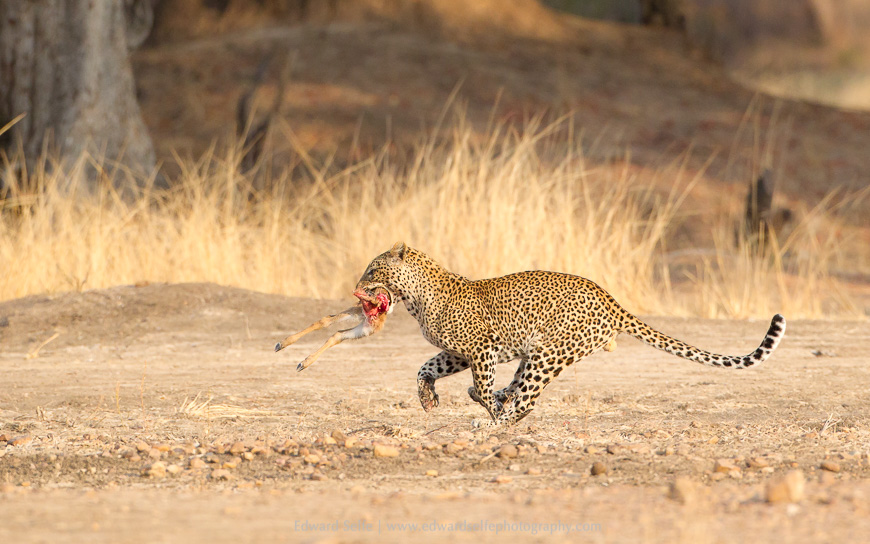
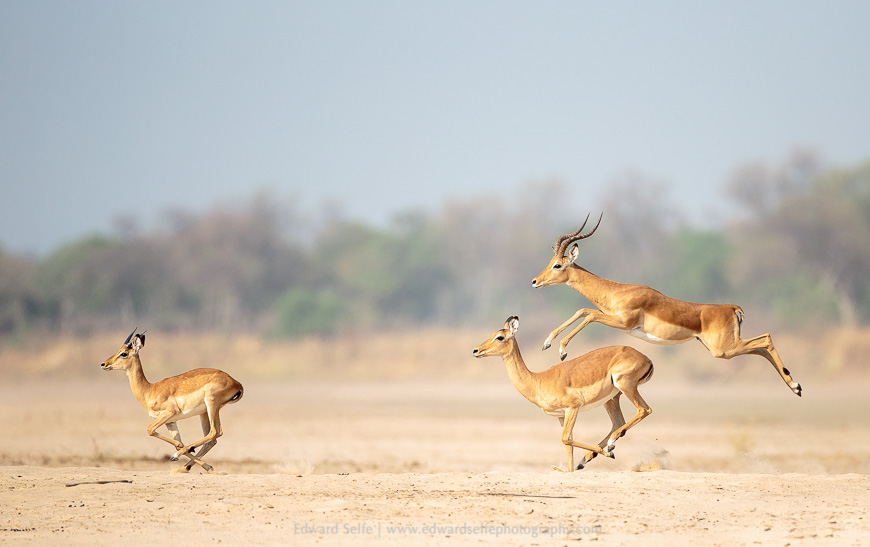
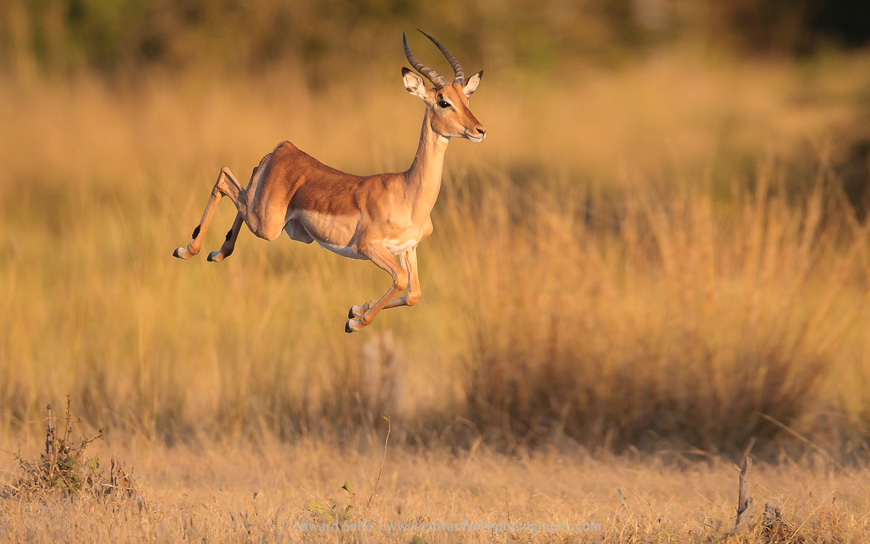
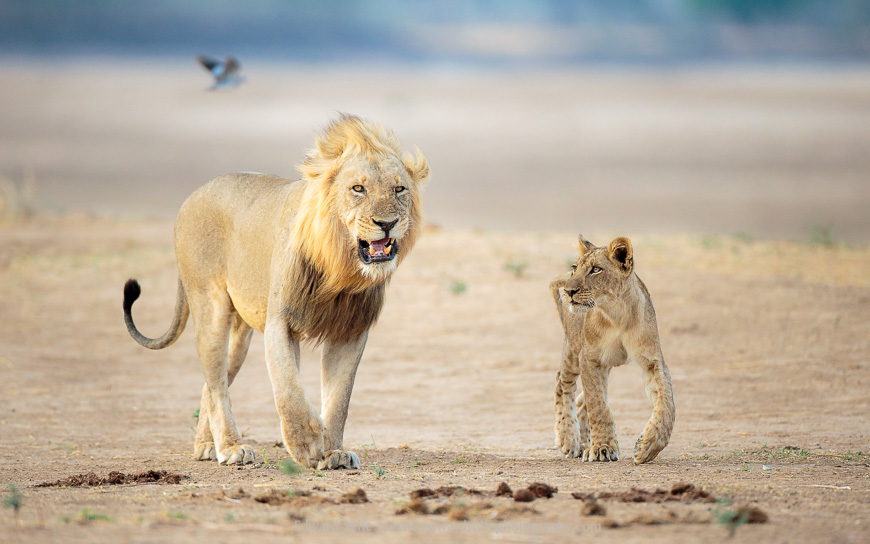
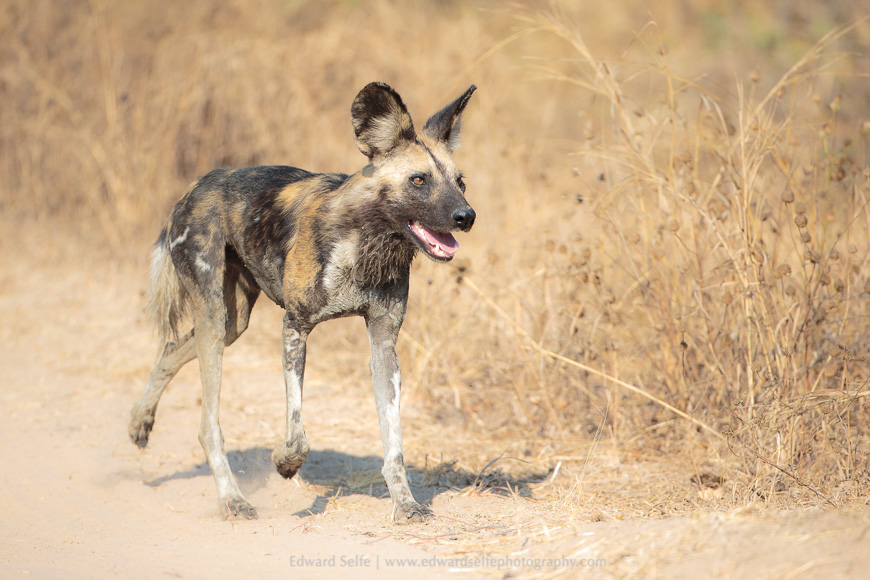
Conclusion:
Modern AF systems allow us to capture movement and action like never before. But knowing how to set up the camera, including what AF mode, and which Drive mode to select, will help you get the best images from your camera. Take lots of images as modern AF systems are very responsive and you’ll find that some are sharper than others! Good luck!

